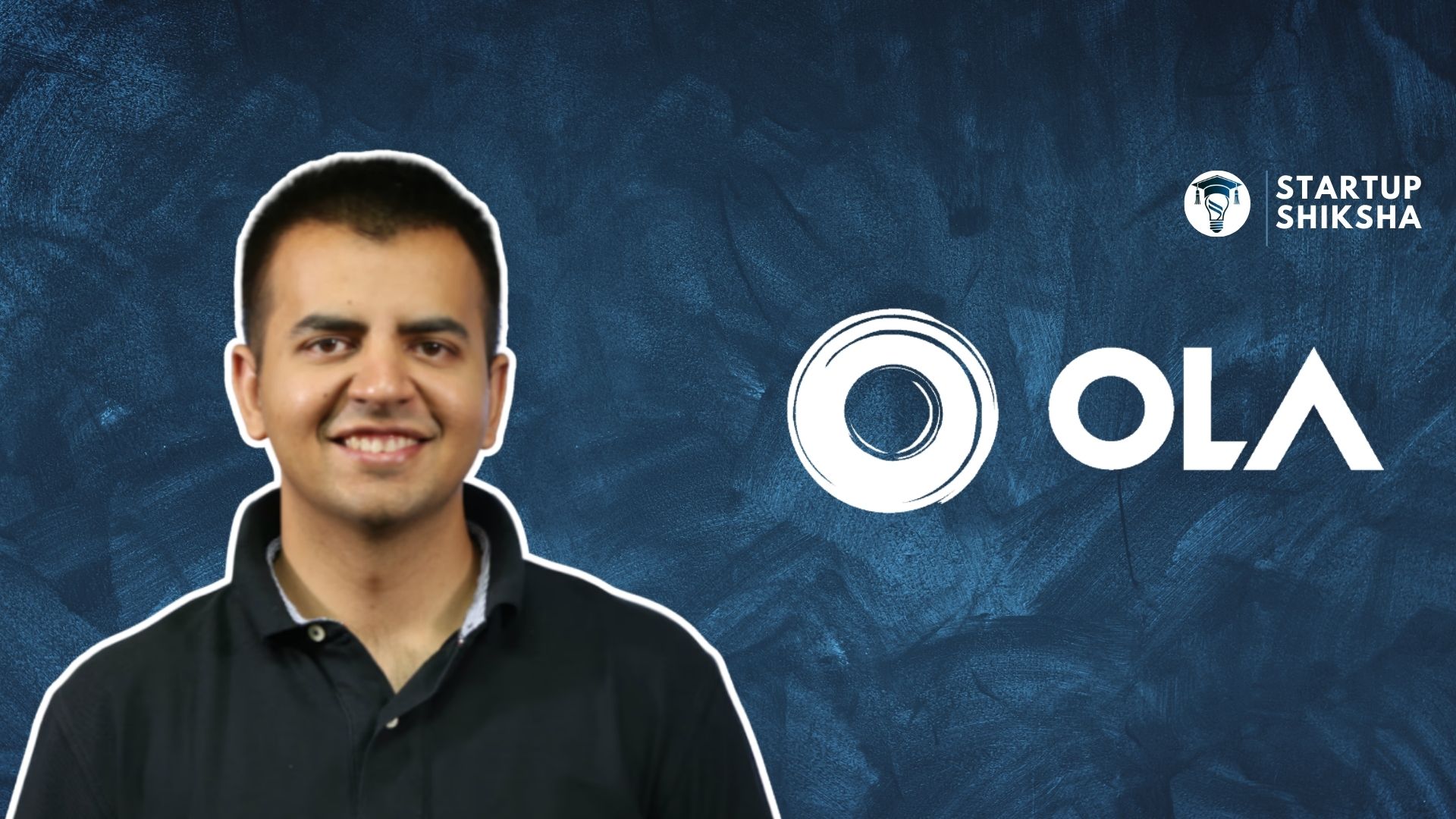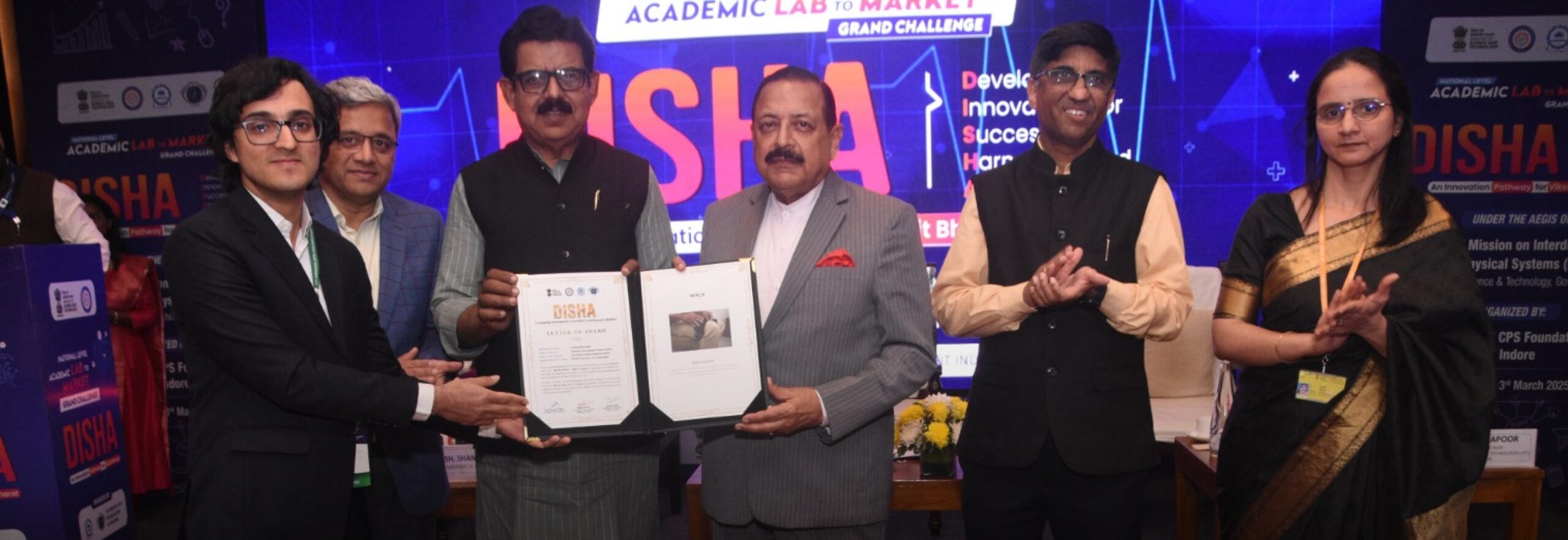
A 22-year-old woman books an Ola cab service late at night, her heart beating a little faster as she stands alone on a dimly lit street. But as she watches the Ola app track her driver in real time, she feels a wave of relief, knowing she’ll get home safely. A 70-year-old grandmother, eager to visit her daughter, travels independently, with her son arranging an Ola ride with just a few taps on his phone. Meanwhile, a newly married couple, lost in an unfamiliar city, decides to skip buying a car. Instead, they lean on Ola’s GPS navigation, exploring their new home with excitement rather than anxiety.
Ola has seamlessly woven itself into the fabric of millions of lives across India, becoming a trusted companion in their daily journeys. But how did this cab service become so deeply ingrained in the nation’s transportation system? The story begins with a young man, an abandoned road, and an idea that would forever change the way Indians travel.
The Beginning of a Dream

In 2004, Bhavish Aggarwal, a bright-eyed student from Ludhiana, secured an impressive All India Rank of 23 in the IIT-JEE exam, earning a coveted seat at IIT Bombay. It was here that he met Ankit Bhati, a fellow tech enthusiast who would later become his closest friend and business partner. Bonding over their shared passion for technology and innovation, they spent countless nights working on small projects, dreaming of building something that could make a real impact.
“Our first project didn’t pay us anything,” Bhavish recalled with a laugh, “but it taught us the basics of business, resilience, and the power of persistence.”
After graduating, Bhavish landed a prestigious research internship at Microsoft, where he filed two patents and published three research papers in international journals. Yet, despite his achievements, something felt amiss. The thrill of innovation was dulled by the realization that he was solving problems for others, not for the people back home. Bhavish yearned to build something that directly addressed India’s unique challenges.
A Roadblock Turns into an Idea
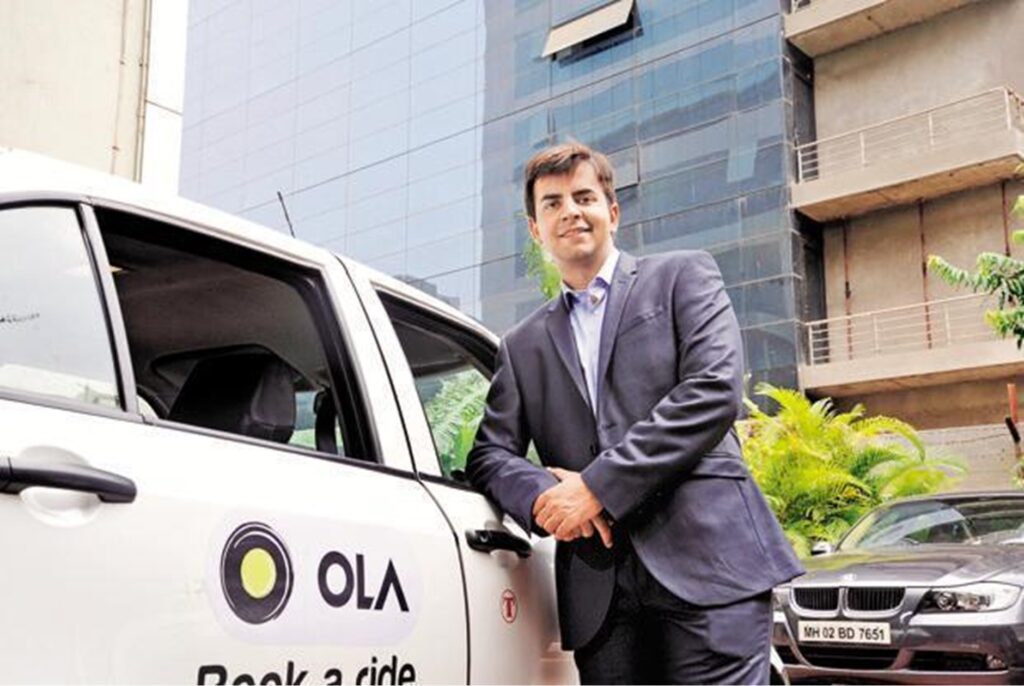
Feeling restless, Bhavish made a bold decision to quit his secure corporate job and launch Olatrip, a company that sold weekend travel packages. It wasn’t glamorous work — he handed out pamphlets outside the Commonwealth Games, faced constant rejections, and endured the skepticism of his parents, who feared he might end up just another travel agent.
But then came the turning point that would spark the birth of Ola. On a trip from Bangalore to Bandipur, Bhavish’s cab driver abruptly stopped midway and demanded more money. When Bhavish refused, the driver abandoned him on the roadside, leaving him stranded and frustrated. In that moment, Bhavish realized the glaring gap in India’s transportation system — the lack of safe, reliable, and customer-centric cab services.
The final nudge came when a client told him, “I don’t need a vacation package, just a car to Nainital.” That offhand comment was the lightbulb moment. Bhavish immediately called Ankit, and together they launched Ola Cabs under ANI Technologies in 2010, determined to transform Indian mobility.
Building Trust, One Ride at a Time
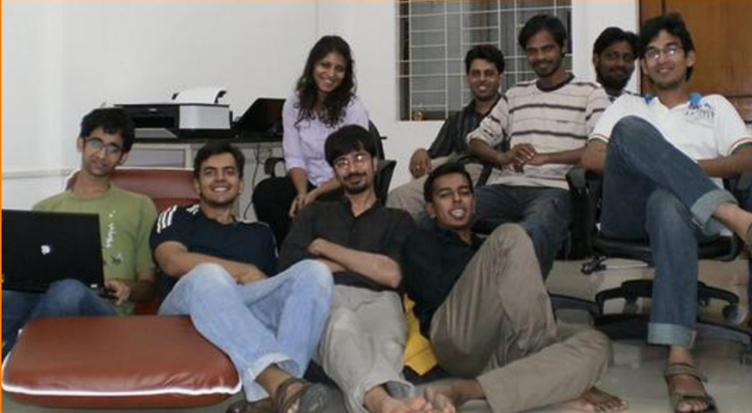
Initial Team of Ola
Ola’s model was simple yet revolutionary. Instead of buying cars, they connected passengers with verified Ola drivers through an easy-to-use taxi booking app. Only those with valid permits and clean records could register, and Ola conducted thorough checks to prioritize passenger safety. The app empowered drivers too — they could log in and out as they pleased, with Ola taking a 15% commission per ride. Ola empowered drivers with financial independence, flexible schedules, and steady earnings, turning them into entrepreneurs with pride in their work. For customers, Ola offered safe, convenient, and affordable rides, with features like real-time tracking, cashless payments, and Ola S1, enhancing mobility for women and the elderly.
In the early days, Bhavish did everything to make the startup work. He photographed drivers for ID badges, personally handled customer complaints, and even stepped in to drive passengers himself when drivers didn’t show up. This hands-on approach gradually built customer trust, and word of Ola’s reliability began to spread.
Investors soon took notice. Kunal Bahl (Snapdeal) and Anupam Mittal (Shaadi.com) provided initial funding, and by 2012, Tiger Global had invested $5 million. With this financial backing, Ola expanded rapidly across Indian cities, quickly becoming synonymous with convenience and safety.
From Local Startup to Global Giant

By 2014, Ola was operating in over 100 cities and constantly evolving. They introduced Ola Play (in-car entertainment), Ola Foods (cloud kitchens), and Ola Electric to diversify their offerings. In 2017, they acquired Dutch startup Etergo, signaling their intent to revolutionize India’s electric vehicle market. When Ola launched its electric scooter, they received 100,000 pre-orders within 24 hours — a record-breaking achievement.
Despite the scale of success, Bhavish did not own a car. He regularly commuted in Ola rides, engaging with drivers and passengers to understand pain points and refine the service. Yet, as Ola expanded at breakneck speed, internal cracks began to appear.
The Fall of Ola Electric
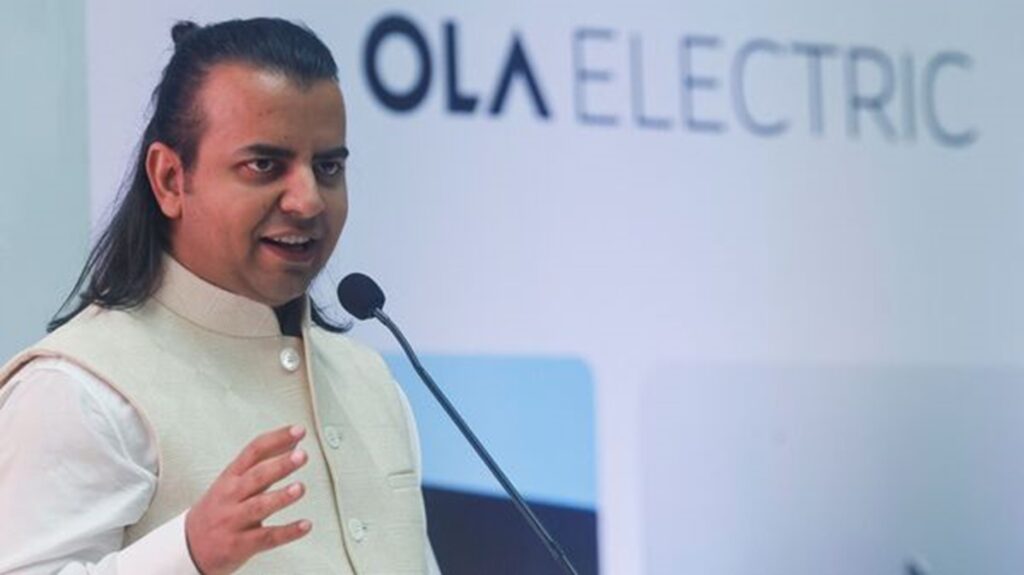
Ola Electric’s highly anticipated launch soon turned into a nightmare. Nearly 75% of scooters had defects, with reports of sudden breakdowns and software glitches. A devastating incident where a scooter caught fire in Pune escalated concerns, while overwhelmed service centers struggled to handle complaints. The Consumer Protection Authority (CCPA) issued notices, and frustrated customers vented online, further tarnishing Ola’s reputation.

Bhavish’s public responses worsened the situation. When comedian Kunal Kamra criticized Ola, Bhavish’s dismissive reply went viral, portraying him as out of touch with public sentiment. Inside Ola, employee morale plummeted. Videos surfaced of Bhavish scolding staff, and employees endured grueling 1:00 AM meetings in an unforgiving work culture. The average employee tenure shrank to just 11 months, signaling deep-rooted issues.
Despite completing millions of rides annually, Ola remained unprofitable — mirroring the struggles of many tech giants grappling with rapid expansion and unchecked ambition.
What Lies Ahead for Ola? Will It Be the Next Byju’s?
Ola’s story is a testament to relentless determination and visionary thinking. Bhavish Aggarwal’s dream gave millions access to affordable, reliable transport, empowering women, the elderly, and newcomers to cities. But sustaining that success requires more than ambition — it demands humility, adaptability, and an unwavering focus on customer satisfaction.
The road ahead will be challenging. Ola must rebuild trust, resolve operational inefficiencies, and foster a healthier work culture. Otherwise, it risks heading down the same path as Byju’s – a company whose meteoric rise was overshadowed by public backlash, internal turmoil, and declining investor confidence.
Yet, if Bhavish and Ankit could build Ola from scratch with nothing but grit and an idea, there’s hope they can navigate this storm. After all, great journeys are rarely smooth, and Ola’s ride is far from over.
Stay tuned to Startup Shiksha for more such updates. What do you think the future holds for Ola? Let us know in the comments below!

